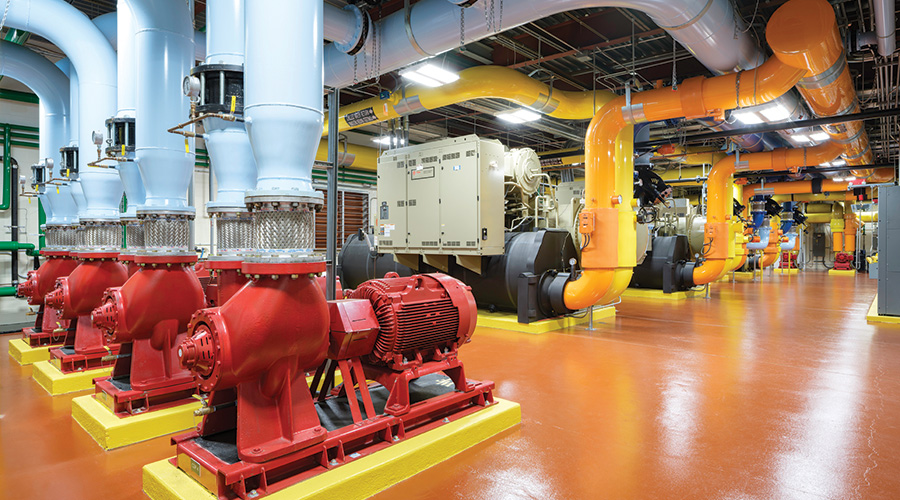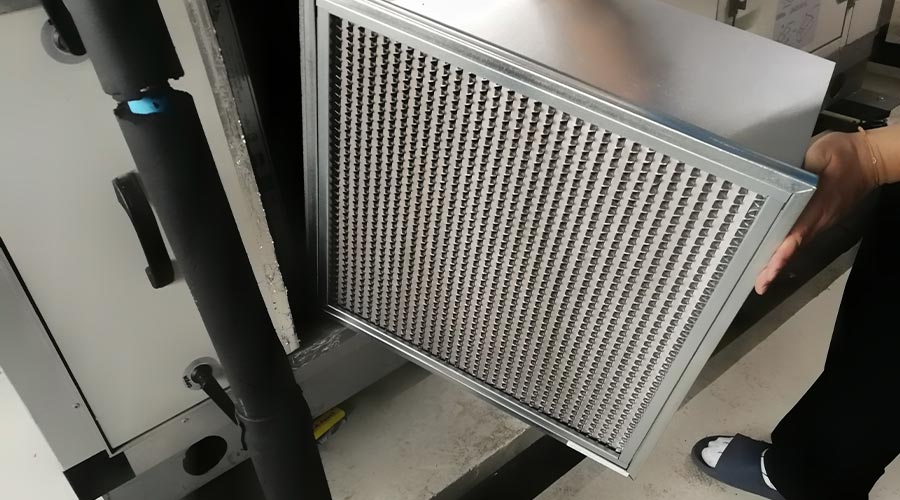Chiller Replacement Creates Equipment Issues
The department has undertaken a number of chiller replacements in recent years, Arnold says, and has tried to standardize the units to streamline maintenance activities and training, as well as minimize the need for spare parts for numerous models. Still, each equipment decision needs to meet specific building requirements.
"It all depends on the size and type of the building the units are going to be performing in," he says. "We base our specification on the specific role and task they're going to be playing within the building."
The district selected the particular chillers in consultation with the manufacturer.
"We like to involve the manufacturers' engineers in the process because they have the expertise and can give us all the calculations based on the needs of the building and the cooling load and as to the best match for the chiller," he says.
Refrigerant type also factored into the ultimate equipment decision.
"The refrigerants have changed so many times, even from 2007," Arnold says. "The original one was an R-22 reciprocating. The new ones are screw-type with 134. At the time, we wanted to get the most updated refrigerant that was available."
Related Topics:













